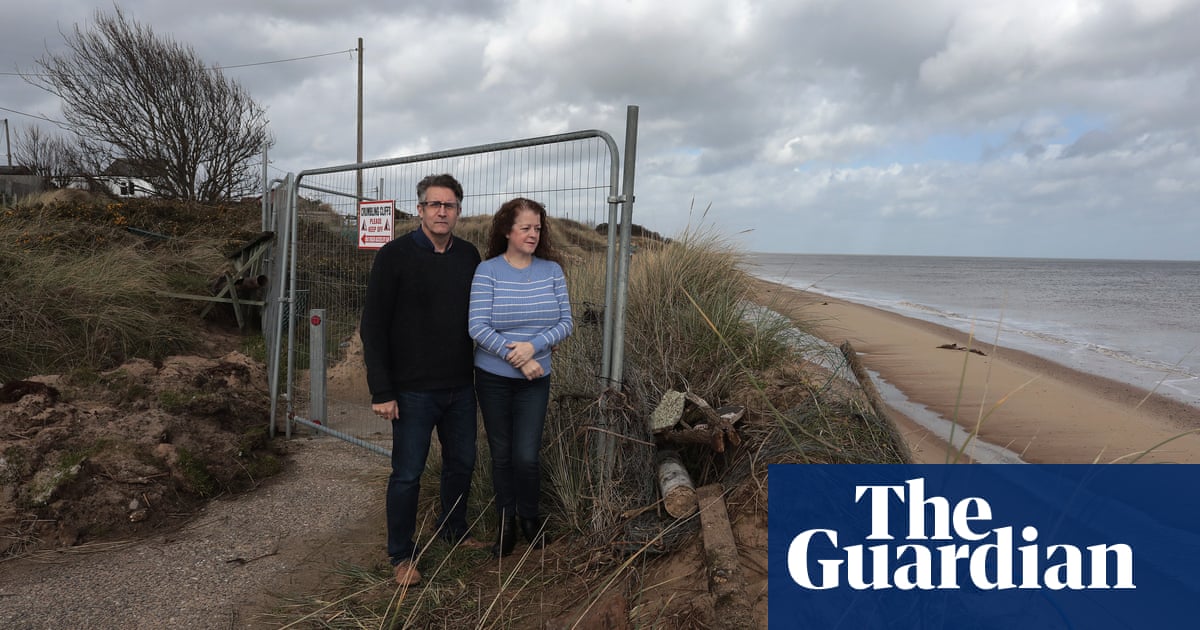
The death of a child in Nebraska this summer put the rare but deadly Naegleria fowleri – more commonly known as brain-eating amoeba – back in the headlines. The amoeba lives in warm, fresh water and can enter the body through the nose, where it travels to the brain and starts to destroy tissue.
The case underscored a troubling new reality – climate change is encouraging the amoeba to pop up in parts of the US where it isn’t typical, such as the north and west.
Naegleria grows best in warm waters – temperatures above 30C, and can tolerate temperatures of up to 46C, says Charles Gerba, a microbiologist at the University of Arizona. That makes it well-suited to spread in a warming climate.
“It likes warm surface waters during the summer in the northern latitudes,” he says.
The amoeba causes an illness called primary amebic meningoencephalitis, and while getting sick is rare – between 2012 to 2021, only 31 cases were reported in the US, according to the Centers for Disease Control – it’s incredibly lethal. According to the CDC, only four people out of 151 have survived the infection between 1962 and 2020.
In the US, Naegleria has typically been limited to the southern states, but in recent years it has spread steadily northward. A 2021 study showed that even though the rate of infections hasn’t budged, the amoeba is moving from southern states to midwestern areas. It’s been found as far north as Minnesota.
Outbreaks have mostly been associated with swimming in lakes, though an outbreak in Arizona stemmed from use of warm groundwater where Naegleria was growing in a well. Previous cases have also shown people contracting the infection through contaminated water used for backyard slip-n-slides, or performing nasal irrigation.
The pathogen was discovered for the first time in Iowa this summer, after someone died at a popular lake. A nearby weather station recorded high temperatures of around 35C (95F) on two consecutive days over the July 4 holiday when the swimmer is believed to have contracted the amoeba.
Gerba adds that most cases are in males less than 18 years of age – though it’s not clear why. It’s possible that young boys are more likely to participate in activities like diving into the water and playing in the sediment at the bottom of lakes and rivers, where the pathogen is likely to reside.
Even if the amoebas don’t cause death, they can cause serious damage. In one presumed Naegleria case in Florida, a teenager came down with a fever after swimming in brackish water, and was later hospitalized and suffered a seizure, according to a GoFundMe set up to support his care.
Warmer temperatures not only facilitate the survival and growth of pathogens like Naegleria, they also drive people into the water more, which can increase their risk, says Yun Shen, an environmental engineer at the University of California Riverside.
The climate crisis is also exacerbating extreme weather events – such as flooding and drought – that can introduce more pathogens into the environment. “In the drought areas, the pathogens will be concentrated in the water bodies, which could increase the exposure dose of pathogens when humans are in close contact with the water bodies,” says Shen. In areas that flood, the water can transfer pathogens in the environment – for example, a flood could bring pathogens from soil or aquatic environments to homes and buildings, or cause wastewater collection to overflow and spew pathogens into the environment.
“In the future, due to climate change, people living in cold regions might also be exposed to warmer weather and higher chances of being exposed to pathogens,” says Shen.
Understanding where the pathogen lives is challenging because there is no rapid test for its presence or abundance in any body of water. And even more frustratingly, it’s still not clear why some people get sick with the amoeba and others don’t, the CDC says. After all, hundreds of millions of people swim in warm fresh water each year, and only a handful get infected. That makes it challenging to create any acceptable levels to regulate.
As experts continue to observe these changes, Gerba recommends some precautions for swimming in natural fresh water. It’s best to avoid putting your head underwater to prevent water getting into your nose in warm freshwater areas. Another option is to wear nose clips, especially for children, he says. Mud and soil in these areas can also be infected, so the experts say to avoid digging or disturbing sediments.
“As the temperature of surface waters increases further north, we expect more cases in the future,” says Gerba. “I would expect this trend to continue.”












